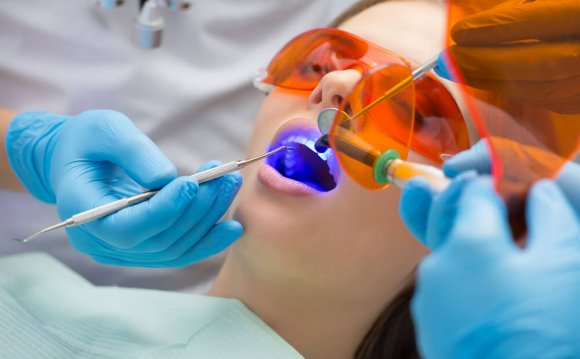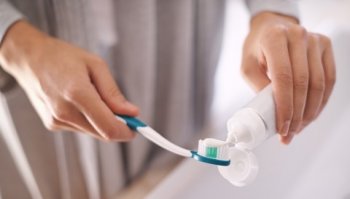
 By
By
You want to use the best products to clean your teeth, but how can you choose from among the dozens of types available? Start with the fundamentals of what an effective toothpaste should contain: fluoride to strengthen enamel and a mild abrasive such as calcium carbonate or micronized silica to remove food debris and surface stains.
Beyond the basics, knowing which ingredients work as promised can be challenging. Here, five types of substances you might find in your toothpaste, the benefits they’re said to deliver, and a reality check on their effectiveness:
Detergents such as sodium lauryl sulfate and cocamidopropyl betaine make toothpaste foam up as you brush.
Reality check: Even though they’re called detergents, they don’t bolster the cleaning power of toothpaste. And some people sensitive to the substances could develop canker sores or experience peeling of mouth tissue after as little as one use.
Whiteners include hydrogen peroxide, which is claimed to bleach teeth, and polyphosphates (such as pyrophosphates), said to keep highly pigmented food and drink from staining enamel.
Reality check: Whiteners aren’t concentrated enough or in contact with the tooth surface long enough to be effective, says Karen A. Baker, an associate professor at the University of Iowa College of Dentistry in Iowa City and an expert on toothpaste ingredients. And polyphosphates may cause canker sores and other mouth lesions.
Desensitizers are touted for their ability to relieve the discomfort of sensitive teeth. For example, potassium nitrate reduces tooth-nerve sensitivity. Stannous fluoride fills in exposed dentin, keeping food and drinks from stimulating nerves.
Reality check: Used regularly, desensitizers can ease sensitivity, but Consumer Reports’ experts recommend seeing a dentist first. “You need to know what’s causing your sensitivity, ” says Ruchi Sahota, a spokeswoman for the American Dental Association. Your dentist might suggest a desensitizing toothpaste or, for persistent discomfort, an in-office treatment such as concentrated fluoride. If that doesn’t help, you might need a filling, a crown, an inlay or bonding, or a root canal to address the underlying cause of sensitivity.
Triclosan, an antimicrobial in Colgate Total toothpaste, is said to fight plaque and the gum inflammation of gingivitis.
Reality check: A 2013 review from the independent Cochrane Collaboration found that toothpaste with triclosan and fluoride reduced plaque and gingivitis more than fluoride-only products. But a 2016 review of studies from the University of California at San Diego reported that triclosan may contribute to antibiotic resistance and disrupt hormones and immunity; it also has been linked to tumors in mice. In September, the Food and Drug Administration banned the use of triclosan in soaps and body washes but allowed it to remain in some products, including toothpaste. Consumer Reports’ chief medical adviser, Marvin M. Lipman, says that unless your dentist recommends toothpaste with triclosan, “there’s enough concern now with triclosan ubiquity and safety that it makes sense to avoid it on your own, even if there is some demonstrable value at reducing plaque and gingivitis.” For gingivitis, Consumer Reports’ consultants advise that you consider a mouth rinse with stannous fluoride, cetylpyridinium chloride or the essential oils thymol, menthol, eucalyptol and methyl salicylate. Your dentist may also recommend a prescription chlorhexidine rinse.
Xylitol increases saliva production; it’s claimed that this reduces the growth of cavity-causing bacteria in the mouth.
Reality check: According to a 2015 Cochrane review, some studies suggested that toothpaste with fluoride and xylitol, a nonsugar sweetener, may be more effective than fluoride-only toothpaste at preventing cavities. But most of the studies were very small and poorly done, and even brushing several times daily won’t deliver enough xylitol to provide benefit. And if swallowed in large amounts, xylitol could cause bloating, gas and diarrhea.
The takeaway? The toothpaste you choose should have an American Dental Association seal of acceptance; that means the ADA considers it safe and effective. But “there isn’t any one best product, ” says Jay W. Friedman, a pioneer in the development of quality standards for dental care. Instead, “find a toothpaste you like that does not cause irritation, ” he recommends. Then brush your teeth twice each day and floss daily.
Copyright 2016. Consumers Union of United States Inc.
For further guidance, go to , where more detailed information, including CR’s ratings of prescription drugs, treatments, hospitals and healthy-living products, is available to subscribers.









